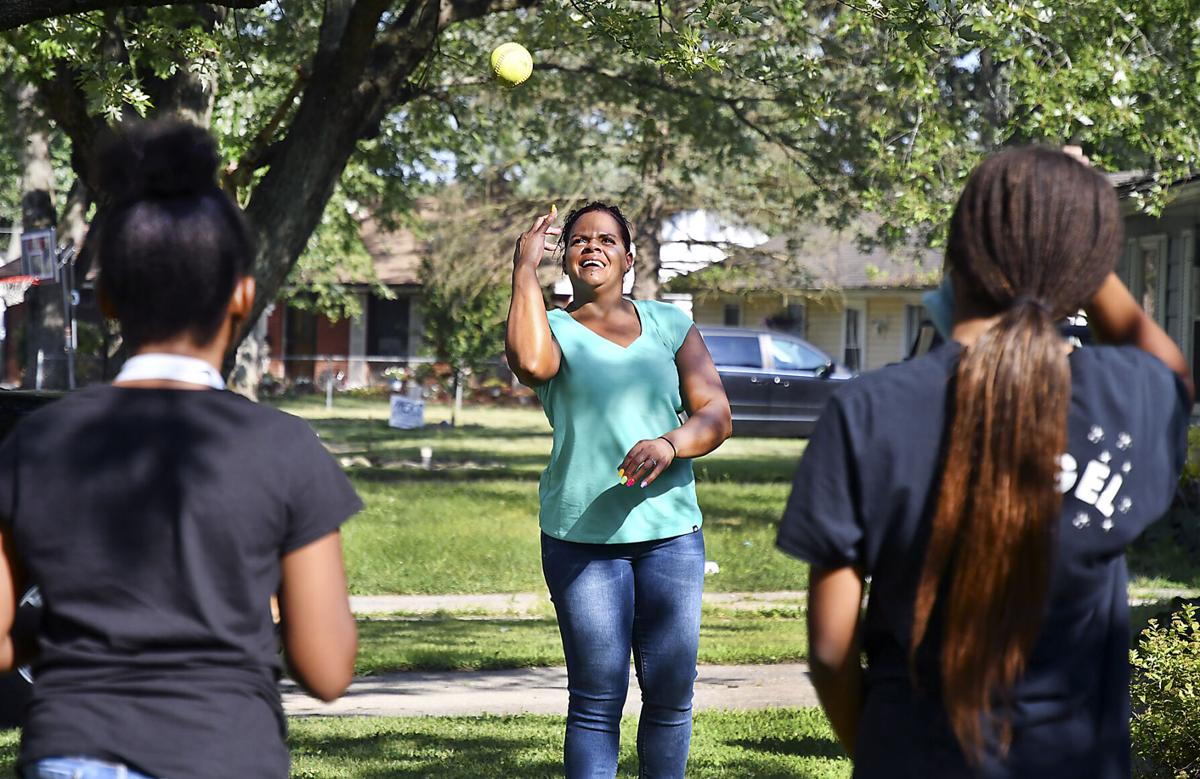GUEST ROOM | Create a Mixed-Race Studies Department at CornellPosted in Articles, Campus Life, Media Archive, United States on 2020-09-18 20:47Z by Steven |
GUEST ROOM | Create a Mixed-Race Studies Department at Cornell
The Cornell Daily Sun
Ithaca, New York
2020-09-18
Katherine Luong, Junior
College of Human Ecology
Cornell University, Ithaca New York
We shouldn’t continue to exclude the fastest-growing population in the United States from higher education. Many mixed-race people grapple with defining their experiences and identities which can leak into their academic and professional lives.
The importance of ethnic and racial identity cannot be more relevant than it is now. The recent resurgence of racial tensions in the U.S. has highlighted the distinct experiences of historically oppressed racial minorities, especially those who are Black, Indigenous and People of Color. Black Lives Matter has gained incredible traction within mainstream political conversation, yet its issues (such as police brutality and system racism) do not affect only monoracial people. Understanding that the mixed experience includes many of the same racial prejudices as monoracial POC is crucial for the inclusivity of mixed people in spaces generally reserved for people of a singular race. Especially with the push Cornell is taking to create an anti-racist campus, this is the perfect time and place to create a mixed-race studies department that would give legitimacy to mixed people on campus and beyond.
There is a lack of ethnic-racial typicality associated with being mixed-race, but this does not negate the already-existing shared experiences of mixed people of all backgrounds. Such experiences include the feeling of being “in-between” and “not enough,” having to choose between displaying loyalty to one aspect of their identity instead of embracing both, language barriers between family members (especially between immigrant families residing in the U.S.) and other mix-specific experiences…
Read the entire article here.







:focal(472x247:473x248)/https://public-media.si-cdn.com/filer/35/25/35254b4c-44e2-4fb1-90b7-05f34da13495/georgetown.png)